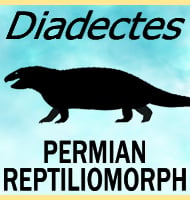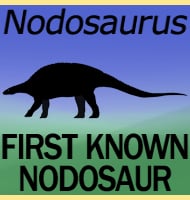In Depth
Possibly the main feature of interest to researchers of Germanodactylus is the head crest. Although quite unremarkable compared to some other pterosaurs like Nyctosaurus or Tupandactylus, it is a good example of the early forms that seem to be more common to the more advanced pterodactyloid pterosaurs. The crest itself is best known from the bony growth that rises from the top of its skull. In 2002, S. Cristopher Bennet realised that this growth was merely the base for a much larger crest that was made from soft tissue. By having a crest made of soft tissue, probably keratin, Germanodactylus may have had a crest that actively changed colour to be more vivid during the breeding season.
In 2017 a former species of Germanodactylus, G. rhamphastinus, was renamed as its own genus, Altmuehlopterus.
Further Reading
-Soft tissue preservation of the cranial crest of the pterosaur Germanodactylus from Solnhofen. – Journal of Vertebrate Paleontology 22 (1): 43–48. – S. Christopher Bennet – 2002. – Juvenile specimens of the pterosaur Germanodactylus cristatus, with a revision of the genus. – Journal of Vertebrate Paleontology 26 (4): 872–878. – S. Christopher Bennet – 2006.










